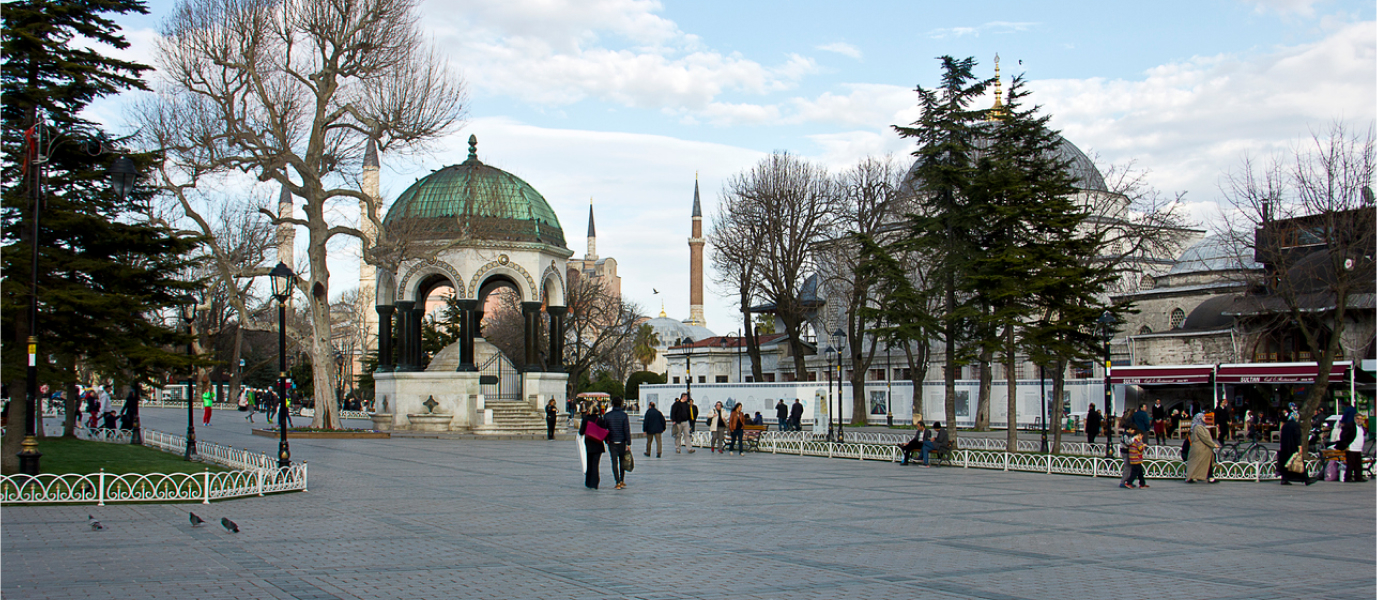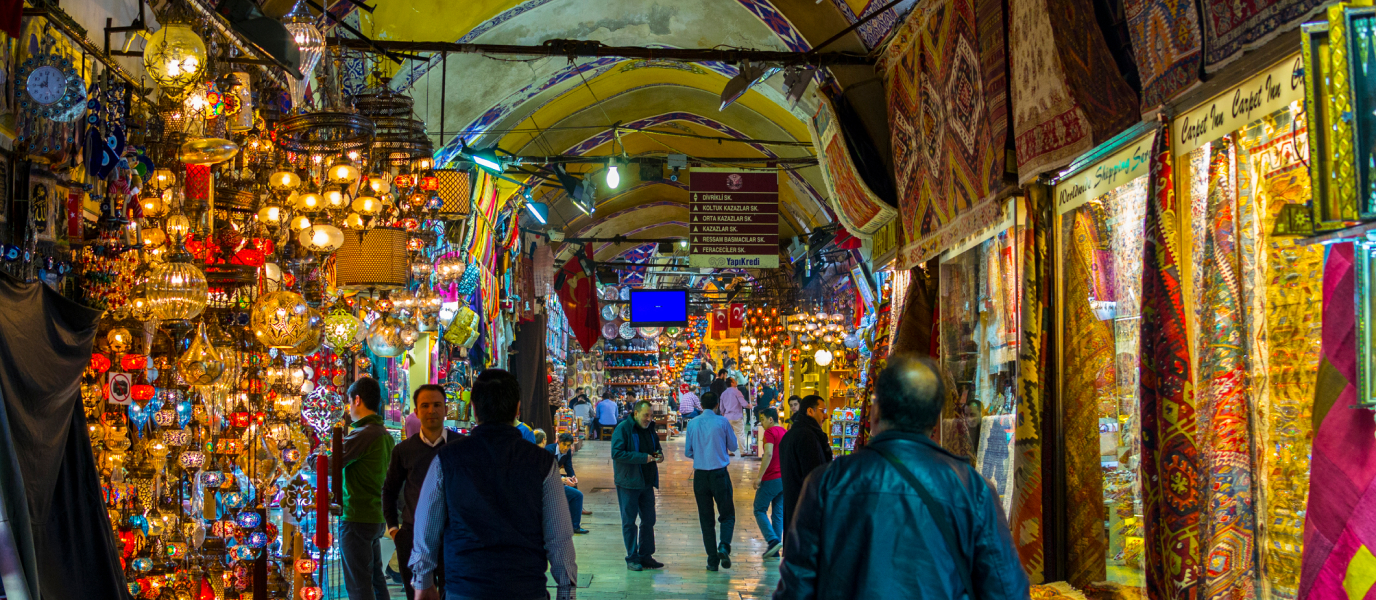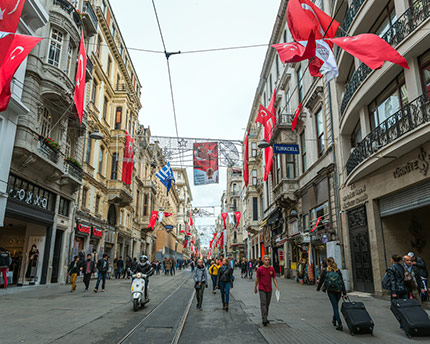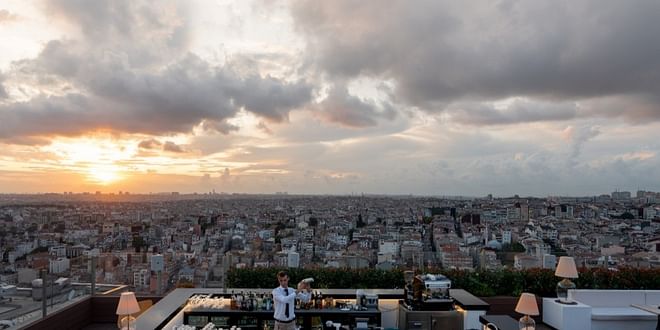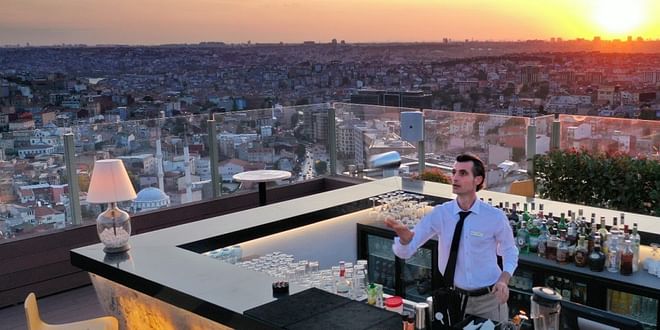Visitors who come to explore Sultanahmet Square are drawn to its columns and obelisks. The square lies in the heart of Istanbul, the city once known as Constantinople, and Byzantium before that, and its stones conserve the memories of ancient times when a famous hippodrome once stood here. This tree-lined spot, surrounded by the most important tourist monuments in the city, is like a secret passage to the past, to ancient Byzantium’s age of magic and splendour.
Very little of this once great monument remains because it was destroyed by the crusades as they passed through old Constantinople. The original track is two to three metres underneath the current square but the few valuable architectural remains that have been conserved stand here. You need to use your imagination a little to recreate the excitement felt by the city’s citizens in ancient times as they watched chariot races and other spectacles held in the hippodrome.
The Hippodrome of Constantinople: an intense history in the heart of Istanbul
The story of the Hippodrome of Constantinople starts in ancient times; it dates from the beginning of 3rd century AD and was built on the orders of emperor Septimius Severus. Byzantium already enjoyed a strategic and important position at this time, although it had to wait until the 4th century to reach its zenith of power. It became the capital of the Roman Empire on the initiative of Constantine the Great who renamed it Constantinople, the city of Constantine, and it was expanded with impressive buildings.
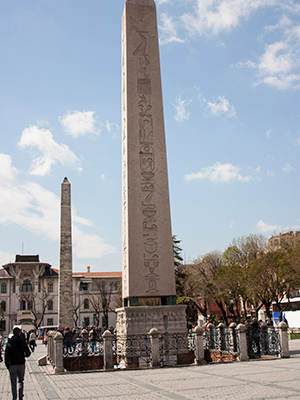
At this point, refurbishing the hippodrome became a priority and its structure was made far larger. Inspired by the Circus Maximus in Rome, a model that spread to large cities across the Roman Empire, the hippodrome became the centre of social life in the city. It’s estimated to have been around 400 m long by approximately 200 m wide and, according to different historical sources, it could hold up to 60,000 people.
For over a thousand years the spectacular building was where the famous chariot races were held, as well as different games, athletic competitions, music events and acrobatic shows. But the Hippodrome of Constantinople was also used for civil ceremonies such as parades, public executions and for humiliating the emperor’s enemies.
After the Fourth Crusade at the beginning of the 13th century, the hippodrome was sacked and fell into disuse. In 1453, the Ottoman Turks conquered the city and made it the capital of their empire but never reconstructed the building. In fact, its stones were used to build the Blue Mosque.
Architectural curiosities: the Egyptian Obelisk and more
The U-shaped track, inherited from ancient Greek stadiums, was a characteristic feature of the Hippodrome of Istanbul. The Kathisma, or Emperor’s Lodge, was located at the far eastern end of the track and there was a low wall in the centre that chariots would race around. This was known as the Spina and was decorated with statues, obelisks and columns.
The hippodrome’s monuments were brought here from different parts of the empire by Constantine the Great and his successors, and some still survive today. A highlight is the Egyptian Obelisk, today a reference point for people visiting Sultanahmet Square. Originally 60 m high, it was built by Tutmosis III, one of Egypt’s most powerful pharaohs, to commemorate a successful campaign in Syria. The obelisk was brought to Constantinople by Theodosius the Great in the 4th century but unfortunately broke during transport. The upper part was saved and installed in the hippodrome on top of a marble pedestal decorated with low relief sculpture.
The Serpent Column and the Walled Obelisk
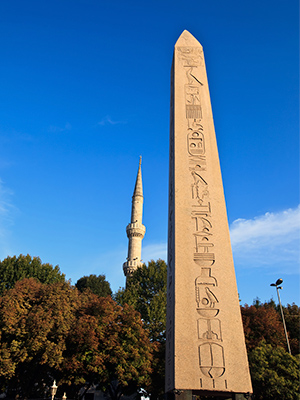
Further remains from the ancient hippodrome include the base of the Serpent Column, also known as the Plataen Tripod, which was one of the biggest attractions in its day. It had been discovered in the Temple of Apollo in Delphi and celebrated the Greeks’ victory over the Persians during the Greco-Persian Wars in 5th century BC. Constantine I ordered it to be brought to Constantinople to decorate the centre of the hippodrome. Its upper part had a golden ball supported by three snake heads. The ball disappeared during the Fourth Crusade, however, parts of the heads can be seen in the Archaeology Museum of Istanbul.
The Walled Obelisk can also still be admired. The exact date it was built is unknown but it was restored in the 10th century by Constantine VII. It stood at the far southern end of the hippodrome, measured 32 m high, and is formed by several different stone blocks. It was originally covered with golden bronze plaques depicting the victories of Basil I, the emperor’s grandfather, but these were stolen during the Fourth Crusade and melted to make coins.
The hippodrome track was decorated with solemn columns and its monumental entrance gate was topped by a group of golden bronze chariots. Virtually everything was sacked in 1204 but a chariot with four horses in bronze was spared and today decorates St Mark’s Basilica in Venice.
The Hippodrome of Constantinople: main events
High ranking people who visited the hippodrome had marble seats in the front row. Other spectators sat on stone benches and travelling salespeople would rent cushions for greater comfort. Everything was designed to be spectacular at this essential meeting place and entertainment venue, and it’s a valuable reminder of the splendour of an entire age.
The most famous type of event held in the Hippodrome of Constantinople was the chariot race. Small, light and easy to control, chariots were pulled by two or four horses and were extremely effective in fast races; people would bet vast sums on the outcome and well-known charioteers could win fortunes. The city was split between the followers of different teams which were initially named after several different colours; over time these were whittled down to just two: blue and green.
Musicians, dancers, acrobats and animal trainers amused the crowd in-between races. Competition between the different sides was fierce and charioteers were backed by different political and religious factions. This intense rivalry sometimes led to huge riots, such as the Nika riots of 532 AD.
The hippodrome today: Sultanahmet Square and its surroundings
The hubbub of the ancient Hippodrome of Constantinople has been transferred to today’s Sultanahmet Square. In the past, the cries of people supporting the greens or the blues in chariot races would echo around the space. Now it’s the noise of tourists and muezzins singing the call to prayer that give the area a lively sense of character.
Everything that remains of the once grand building, home to both entertainment and riots, lies among the trees and gardens in the square. Alongside obelisks and columns that transport visitors to the past, the Sultanahmet Square also has another more modern monument: the German Fountain. This octagonal domed fountain was built by the German government in 1900 as a reminder of kaiser Wilhelm II’s visit to Istanbul in 1898.
Sultanahmet Square is surrounded by important buildings so getting there is easy; it’s an essential stop on tourist routes around the city. Here, close to the ancient hippodrome, you’ll find the eye-catching Blue Mosque, built in 1609 by sultan Ahmet I. Its spectacular domes, minarets and windows compete in grandiosity with Hagia Sophia, its famous neighbour, the impressive basilica built in the time of Justinian the Great. Ibrahim Pasha Palace is also very close by. Once the heart of power during the Ottoman Empire, today it’s the Museum of Turkish and Islamic Art.




































































